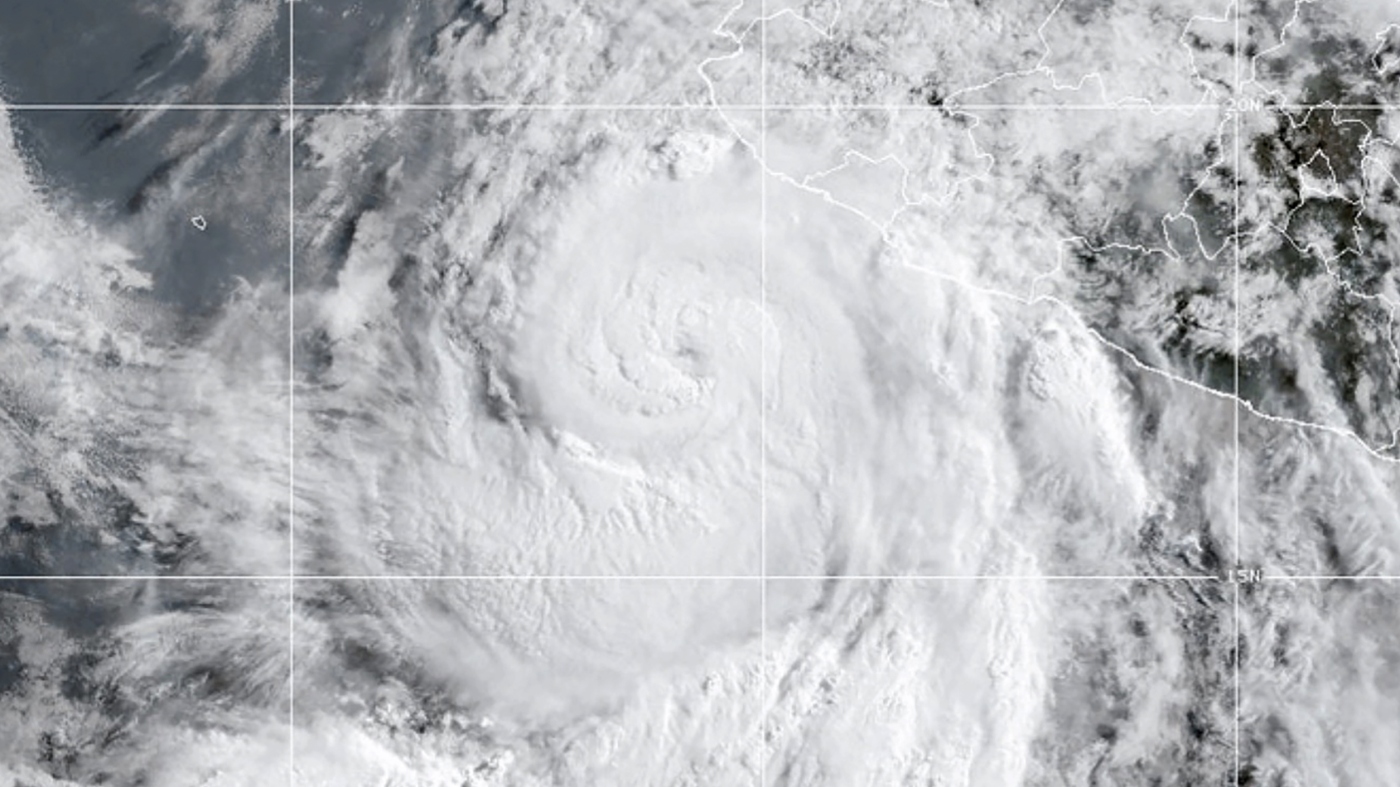The Defense Department has reversed its decision to stop sharing vital satellite weather data used by hurricane forecasters. This change comes as the Atlantic hurricane season approaches, highlighting the importance of real-time tracking.
Initially, the Navy planned to cut this data as part of a modernization effort. Scientists and meteorologists raised concerns, fearing that reduced data flow could lead to less accurate forecasts. Following this feedback, a Navy spokesperson stated that data sharing will continue until the program formally ends in September 2026. This flexibility allows crucial information to remain accessible during peak hurricane times, which is especially welcome to researchers.
For over 40 years, the Defense Department has shared atmospheric and ocean data with scientists. This information aids in monitoring weather systems and understanding climate change. Brian Tang, a hurricane researcher at the University at Albany, expressed relief about the decision. He noted that having access to this data is vital during the height of hurricane season, as it helps forecasters issue timely warnings, allowing communities to prepare better.
Storm tracking can make a significant difference. Early warnings give people the chance to evacuate and stay safe. Moreover, this satellite data also plays a crucial role in monitoring sea ice in polar regions. Changes in sea ice can impact global weather patterns and international shipping routes, connecting it back to climate change impacts.
Interestingly, before this recent announcement, the Navy had already postponed the end date for data sharing after facing criticism. Originally set for the end of June, the cutoff was moved to the end of July. It remains uncertain what will happen to this data after 2026.
As we analyze this situation, it highlights a broader trend in climate and weather science. Access to real-time data is becoming more critical as climate patterns change. With extreme weather events on the rise, scientists must adapt quickly.
Recent data indicates that the U.S. is seeing more intense hurricanes. According to the National Oceanic and Atmospheric Administration (NOAA), the number of hurricanes rated Category 3 or higher has increased significantly over the last few decades. This underlines the need for timely and accurate data not just for forecasters but for communities at risk.
In our digital age, public interest in such topics is rising. Social media discussions around this decision have sparked debates about government transparency and scientific accessibility. Many users have shared concerns about the impact of reduced data on safety during hurricane season, making it clear that people care deeply about the science that protects their communities.
In the end, maintaining access to this crucial satellite data is not just about improving forecasts. It’s about protecting lives and adapting to a changing climate. The renewed decision is a positive step, but the future remains a question, needing constant attention and advocacy.
Source link




















